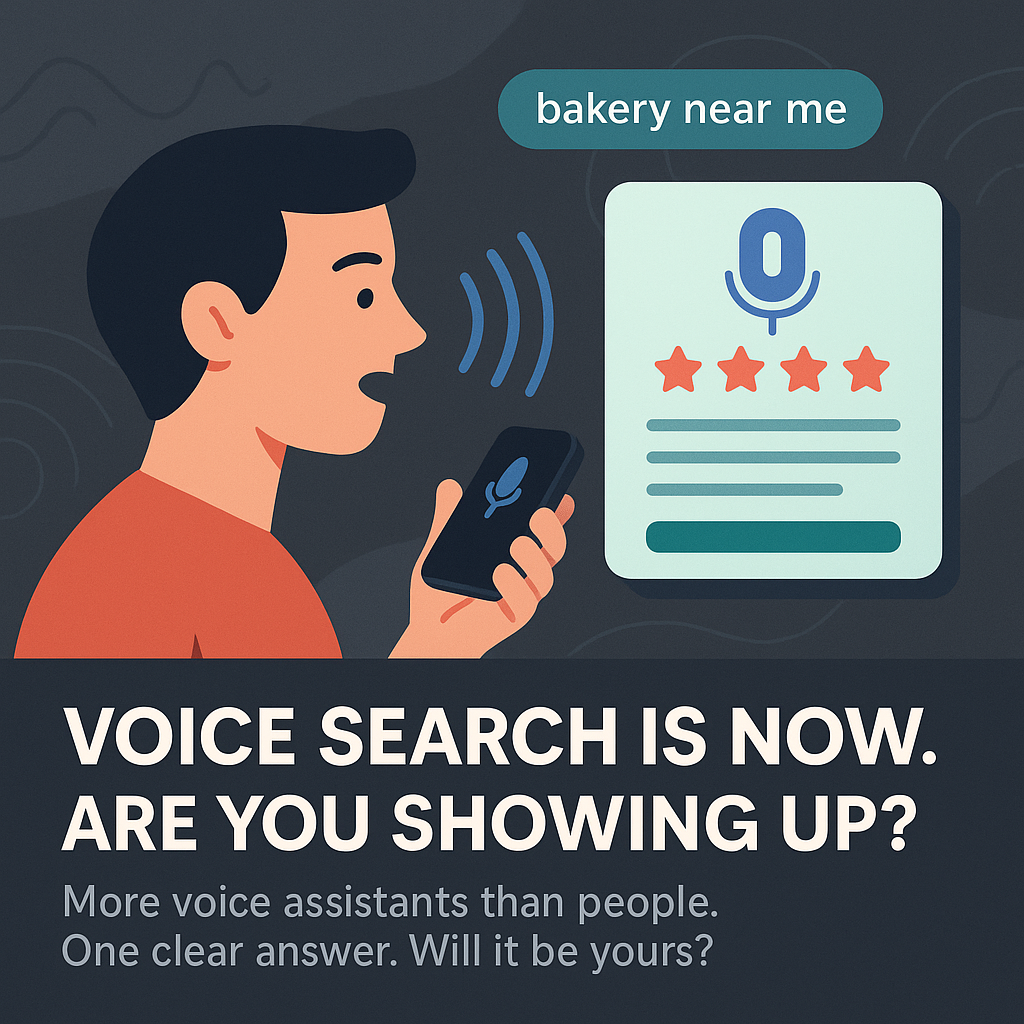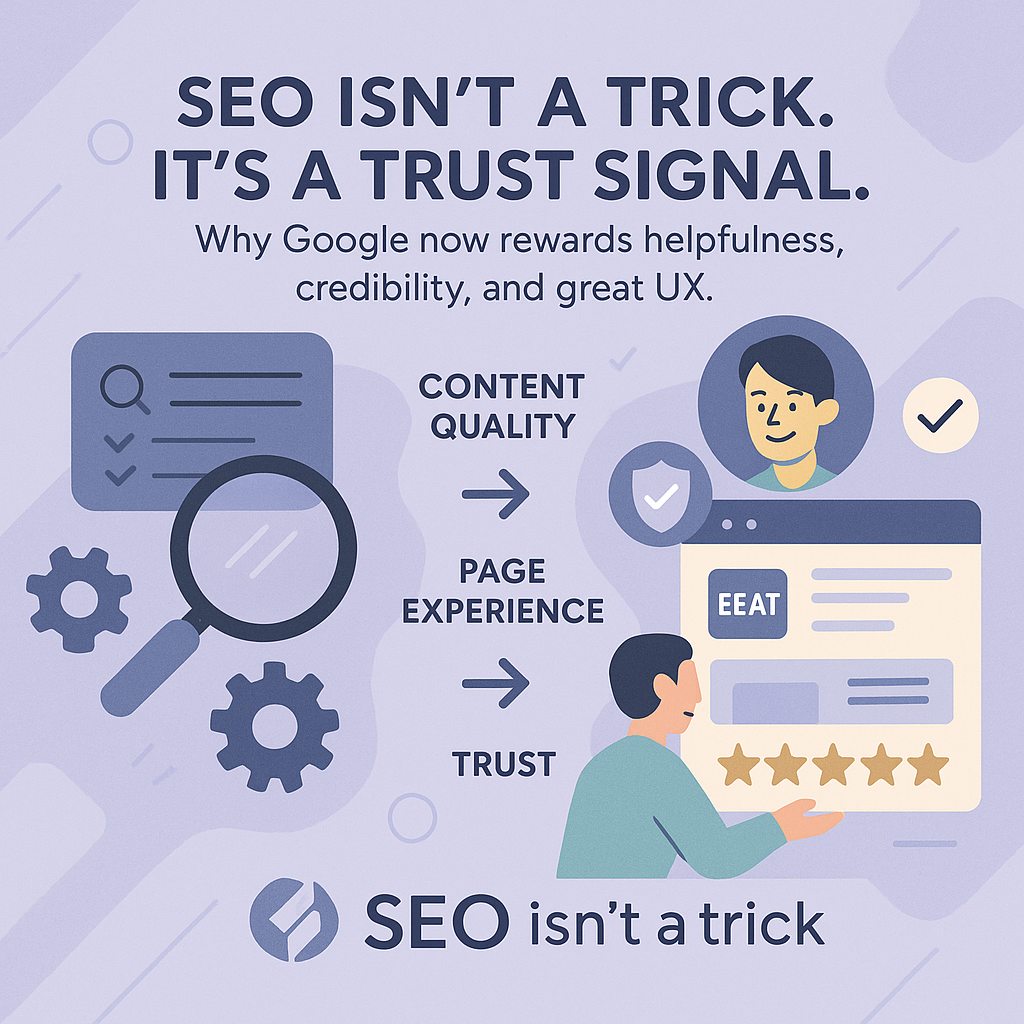Introduction: The New Dialogue: Why Conversational Search is the Future
Imagine you are driving and suddenly remember you need to book a table at a restaurant for dinner. You do not pull over to type a search query into your phone. Instead, you ask your car's voice assistant, "Find a highly-rated Italian restaurant near me that is open at 7 PM." In seconds, you get a recommendation and your assistant offers to make the reservation. This seamless interaction is the essence of conversational search, a paradigm shift in how we access information, and it is rapidly becoming the new normal.
Conversational search is not just a futuristic concept; it is a present-day reality, driven by the proliferation of voice assistants and the increasing sophistication of AI-powered chatbots. Unlike traditional search, which relies on users typing keywords into a search bar, conversational search is built on natural human language. It is about asking questions and getting answers in a fluid, interactive dialogue. As we move into 2025, optimizing for this new form of search is no longer a niche strategy but an essential component of a successful digital marketing plan. Businesses that fail to adapt risk being left behind in a world where the conversation has already begun.
The Voice Revolution: How We Search When We Speak
The quiet hum of a smart speaker in the living room and the ever-present voice assistant in our pockets have fundamentally changed our search behaviors. The voice revolution is here, and it is loud and clear. The ubiquity of devices from Google, Amazon, and Apple has made voice search a daily habit for millions. This shift is not just about convenience; it represents a fundamental change in the nature of search itself.
Voice queries are inherently different from their text-based counterparts. They are longer, more natural, and often phrased as complete questions. For example, instead of typing "weather New York," a user might ask, "What is the weather like in New York today?" This move toward natural language has profound implications for SEO. To succeed in the era of voice search, businesses must focus on securing the coveted "Position Zero," the featured snippet that appears at the top of Google's search results. This is the answer that voice assistants typically read aloud, making it prime real estate for any brand.
The Chatbot Connection: Your Brand's Automated Ambassador
Parallel to the rise of voice search is the evolution of the chatbot. Once simple, rules-based scripts, chatbots have transformed into sophisticated AI-powered virtual assistants. They are now on the front lines of customer interaction, handling everything from answering frequently asked questions to guiding users through complex purchase decisions. For many businesses, a chatbot is the first point of contact a customer has with their brand, making it a critical component of the overall customer experience.
The synergy between a well-optimized website and an effective chatbot is undeniable. A chatbot can leverage the rich content on your website to provide instant, accurate answers to user queries. This not only improves customer satisfaction but also frees up human agents to handle more complex issues. As we look toward 2025, the integration of advanced AI and Natural Language Processing will make chatbots even more powerful, turning them into true conversational partners that can understand user intent and provide personalized recommendations. To learn more about how AI is shaping the future of search, consider reading about the future of local SEO in 2025.
Optimizing for the Conversation: Core Strategies for 2025
To thrive in the age of conversational search, marketers must adopt a new set of strategies. The old rules of keyword stuffing and technical SEO are no longer sufficient. Instead, the focus must be on creating a seamless, user-centric experience that aligns with the natural flow of conversation. This requires a shift in mindset, from thinking in terms of keywords to thinking in terms of questions and answers.
One of the most critical aspects of conversational search optimization is the use of structured data and schema markup. This is the code that helps search engines understand the context of your content, making it easier for them to pull out relevant information for voice and chatbot responses. Additionally, with the majority of conversational searches happening on mobile devices, a fast, mobile-friendly website is no longer a recommendation but a requirement. For a deeper dive into how AI is being used to improve rankings, check out this article on how Ohio SEO firms are using AI tools.
Your Voice SEO Playbook: Practical Steps for Higher Rankings
Optimizing for voice search requires a targeted approach. One of the most effective strategies is to build a robust FAQ section on your website. By creating content that directly answers common questions, you increase your chances of being featured in voice search results. Think about the questions your customers are asking and create clear, concise answers that are easy for a voice assistant to read aloud.
Local search is another critical component of voice SEO. Many voice queries have a local intent, such as "find a coffee shop near me." To capture this traffic, businesses must optimize their Google My Business profile and ensure their name, address, and phone number are consistent across all online directories. Writing content that is easily quotable and structured with clear headings will also improve your chances of ranking in voice search. For more on the balance between different marketing investments, you might find this article on Google Ads vs. SEO to be a useful resource.
Your Chatbot Optimization Checklist: From Clunky to Conversational
A well-optimized chatbot can be a powerful tool for lead generation and customer engagement. The first step is to design an intuitive conversational flow that guides users to the information they need. This requires a deep understanding of your customer journey and the common questions that arise at each stage. From there, you can create a comprehensive knowledge base for your chatbot, drawing from your existing website content and other data sources.
It is also essential to ensure a seamless handover to a human agent when the chatbot is unable to answer a user's question. This prevents frustration and ensures a positive customer experience. By following these best practices, you can transform your chatbot from a clunky, frustrating experience into a valuable conversational tool that enhances your brand's reputation. A strong content marketing strategy is the foundation for a knowledgeable and helpful chatbot.
The Brains Behind the Buzz: AI and NLP in Conversational Search
At the heart of conversational search are two transformative technologies: Artificial Intelligence (AI) and Natural Language Processing (NLP). NLP is the branch of AI that enables machines to understand, interpret, and respond to human language. It is the magic that allows a voice assistant to understand your request, no matter how you phrase it.
AI takes this a step further by helping search engines understand the context, sentiment, and intent behind a user's query. This allows them to deliver more relevant and personalized results. As these technologies continue to evolve, we can expect conversational search to become even more sophisticated, with the ability to understand complex, multi-turn conversations and provide nuanced, context-aware responses.
Join the Conversation or Be Left Behind
The shift to conversational search is not a fleeting trend; it is a fundamental change in how we interact with the digital world. The strategies that worked in the era of keyword-based search are no longer sufficient. To succeed in 2025 and beyond, businesses must embrace a new, conversational approach to SEO and content marketing.
By optimizing for voice and chatbots, you can meet your customers where they are and provide them with the instant, seamless experience they have come to expect. The conversation is happening now. The only question is whether your brand will be a part of it. Start implementing these strategies today and position your business for success in the new era of search.

